Launched in early 2025 at less than half the price of an iPhone, the Poco X7 Pro aims to prove that saving doesn't always mean giving up: it features a chip worthy of 2024 flagships, a brilliant AMOLED screen, and a battery that promises monster battery life. So what's the reality? This is what we will see in this test.
Poco X7 Pro price and availability
With a price starting around €370 (8 GB of RAM + 256 GB of storage), the Poco X7 Pro stands out as a serious option compared to flagships twice as expensive. Available in France since January 2025, it is available in three color combinations: black and yellow, black and gray, or green and light green. A clever positioning to appeal to fans of dynamic design without increasing the price.
Three configurations are available: 8 GB + 256 GB (€373), 12 GB + 256 GB (€403) and 12 GB + 512 GB (€433). A logical price gradation to meet varied needs, ranging from everyday use to demanding gamers. Xiaomi is focusing on flexibility here: even the entry-level model offers generous storage, while the higher-end models maximize fluidity and storage space.
Design: we like it or we don't like it
At 160.8 mm tall and weighing 195 g evenly, the Poco X7 Pro boasts balanced ergonomics despite its large 6.67-inch screen. The flat, matte plastic frame and Gorilla Glass 7i protection on the front give it a reassuring robustness, while the back comes in two styles: understated plastic for the black or green versions, or textured leatherette for the sporty yellow and black edition. This latest version, which we have, recalls the bold designs of gaming smartphones, with a non-slip grip and a more premium feel, a choice which contrasts with the discretion of the other colors.
The screen occupies nearly 89% of the front face thanks to thin borders and a minimalist central punch for the 20 Mpx selfie camera. Unlike the classic X7 with curved edges, this model adopts strictly straight lines: flat glass, flat back and angular frame. An aesthetic choice that limits fingerprints on the edges... but not on the screen itself, as is often the case.
The rear camera block adopts an oval shape with gold surrounds reminiscent of certain recent iPhones. Discreet and without excessive bulges, it avoids accidental tilts quite well... unless you press near the top of the screen while laying the phone flat. On the practical side, the volume and power buttons, matte black and gold, are placed high on the right edge. The USB-C port and the speaker share the lower edge with the dual SIM slot. As expected, there is no microSD or headphone jack on this device. Finally, the IP68 certification is a pleasant surprise for a smartphone at this price. Waterproof and dustproof, the X7 Pro stands out from competitors who often reserve this function for premium models.
Between clean lines and stylish touches inspired by automobiles, Poco has created a hybrid design: understated without being bland, bold without being over the top. A balance that seduces... even if some concessions remind us that perfection is not yet at €400.
Screen: a beautiful, well-calibrated panel
The Poco X7 Pro inherits a 6.67-inch AMOLED panel already seen on its predecessor, but refines its performance. With a definition of 1220 x 2712 pixels (446 ppi) and an adaptable refresh rate (60 Hz or 120 Hz), it offers adjustable fluidity depending on usage. Although lacking LTPO technology for more granular variation, Dynamic Mode balances responsiveness and power savings, a smart choice for a battery-focused smartphone.
Brightness now peaks at 1363 cd/m² in HDR, surpassing the X6 Pro and rivaling more expensive models. Combined with the infinite contrast typical of OLEDs, this brightness allows for decent readability in direct sunlight, but the screen is sometimes very reflective. At night, the minimum brightness of 1.87 cd/m² prevents eye strain, while HDR10+ and Dolby Vision certifications enhance high-dynamic content.
Calibration-wise, the Original Pro mode displays a delta E 2000 of 2.36 (excellent for the segment) with a blue cast. Vivid mode slightly warms up the colors, but has the disadvantage of generating a higher delta E.
While outdoor reflections or the absence of LTPO are a reminder of the model's affordable positioning, the X7 Pro nevertheless offers a visual experience well above its price category, proof that Xiaomi knows how to optimize what already exists without sacrificing ambition.
Performance: it has what it takes
The Poco X7 Pro relies on the MediaTek Dimensity 8400 Ultra, a 4nm chip designed to combine power and efficiency. With eight Cortex-A725 cores peaking at 3.25 GHz, and no low-power cores, this SoC promises 16% higher raw performance than its predecessor (Dimensity 8300 Ultra). Paired with 16 GB of LPDDR5X RAM and 512 GB of UFS 4.0 storage in its high-end version, the smartphone effortlessly handles intensive multitasking, simultaneous app launches, or demanding browsing. Android remains fluid, even under load, and micro-lags are rare. This agility is reminiscent of much more expensive flagships, without matching their fine optimization.
On the gaming side, the Mali-G720 MC7 reveals its potential. Whether it's Warzone (in medium quality) or Wild Rift, both reach 120 FPS. The only downside: a rapid rise in temperature during extended sessions. The processor can reach temperatures above 85°C, forcing it to throttle down to 26% of its capacity to prevent overheating. Paradoxically, this doesn't significantly affect gaming performance, a testament to pragmatic rather than punitive thermal management.
In everyday use, the X7 Pro impresses with its responsiveness. Benchmarks put it in the big leagues: a multi-core Geekbench 6 score of around 6,300 points puts it close to the best models of 2024. The absence of a heavy software overlay contributes to this fluidity, although MIUI still imposes its traditional pre-installed apps. UFS 4.0 storage speeds up the loading of games and file transfers, while the generous RAM allows you to juggle between dozens of tabs and apps in the background without slowing down the whole thing.
On the other hand, the audio experience remains subject to compromises. The stereo speakers provide clear sound for casual gaming sessions, but lack depth for demanding music lovers. The lack of a headphone jack forces you to use Bluetooth or a USB-C adapter, a frustration for wired users. Incidentally, the Poco features the latest generation of Bluetooth 6.0, so you're all set!
The Poco X7 Pro still makes do with Wi-Fi 6. No Wi-Fi 6E or Wi-Fi 7, which is a shame in 2025. In fact, we noted some instabilities in the game.
With its Dimensity 8400 Ultra and its optimization, the Poco X7 Pro has a clear ambition: to compete with the higher-end at a lower cost. While the heating and limited audio recall its budget status, its raw power and versatility make it a must-have for demanding mobile gamers. It's clearly one of the best-performing smartphones under 400 euros.
Autonomy and charging: we expected better
With its 6000 mAh battery, the Poco X7 Pro boasts a generous capacity for its segment. That's 1000 mAh more than its predecessor, a significant increase in a single generation.
The 01Lab measured 17 hours and 32 minutes of battery life with our test protocol, enough to last a full day without stress. It's good, but we clearly expected better with such a battery capacity. Intensive sessions (demanding games, GPS activated) will obviously reduce this endurance.
The 90W fast charge partially addresses these limitations. Connected to a compatible adapter (not included), the smartphone goes from 0 to 31% in 10 minutes, and reaches 100% in 50 minutes, a significant improvement over the 67W of the previous generation. Practical for regaining 30% battery life while taking a shower. On the other hand, the absence of wireless charging and reverse charging highlights the inherent price trade-offs.
While the X7 Pro doesn't revolutionize endurance, it avoids the pitfall of undersized batteries. Its power pack outperforms many direct competitors. Gamers will be able to enjoy long gaming sessions, but they may need to schedule a mid-day charging break for the most demanding titles.
Between ambitious capacity and lightning-fast charging, the Poco X7 Pro strikes a balance. Despite its optimization potential, it stands out as a reliable option for users in a hurry... provided they have a powerful and compatible charger on hand. A successful bet, but one that suggests room for improvement for future models.
Software: Xiaomi can really do better
With HyperOS 2 based on Android 15, the Poco X7 Pro offers a modern and responsive interface, significantly smoother than previous Xiaomi versions. The integration of AI tools, whether it's automatic audio transcription, real-time translation, or intelligent photo editing, brings a touch of practicality to everyday life. However, these features remain dependent on the cloud for certain tasks and don't compete with the local processing of Google's Pixels. The Gemini voice assistant and options like “Circle to search” complete the picture without visual overload.
Customization is one of the strong points of Xiaomi’s interface: dynamic themes, stylized icons, and flexible display settings allow you to adapt the interface to your tastes. While the overall ergonomics remain familiar to Xiaomi regulars, the lack of labels under shortcuts or some dated icon designs remind us that the aesthetics could use a refresh. Note that software performance is stable, no more slowdowns observed on HyperOS 1, even under multitasking load.
Less glorious side: bloatware. Facebook, Block Blast and other pre-installed applications by the dozen clutter the home screen. The ads integrated into the appearance of the wallpapers or the lock carousel are surprising for their incongruity (cooking recipes or promotional articles). Fortunately, these elements can be manually deactivated or uninstalled... after a few tedious manipulations.
Finally, Xiaomi promises three major Android updates and four years of security patches, an honorable policy for a business model, although behind Samsung or Google. It remains to be seen whether the updates will arrive on time: Android 16 is not expected to arrive until the end of 2025.
Photo and video: as good as more expensive devices
The Poco X7 Pro opts for a dual camera module (50 MP f/1.5 and 8 MP f/2.2), abandoning the triple camera of its predecessor. While the useless macro sensor disappears, the absence of a telephoto lens or a more powerful ultra-wide angle is felt. The front camera remains at 20 Mpx (f/2.4).
Wide-angle
The main sensor of 50 Mpx (Sony IMX882) relies on a large sensor (type 1/1.96 inch) and a generous aperture (f/1.5), accompanied by optical stabilization (OIS). In natural light, the shots are sharp with good dynamic range and realistic colors, although sometimes dull, especially on plants. The night mode improves shots in the dark provided you remain still.
The 2x digital zoom remains usable despite aggressive cropping and excessive detail processing. In video, 4K at 60 fps is smooth and detailed for its price. The Poco X7 Pro can digitally zoom up to 10x, and the results are surprisingly still usable. The stabilization of the sensor remains correct, unlike many of its competitors.
Ultra-wide-angle
Xiaomi has replaced the old model's rather useless macro with an 8 MP ultra-wide-angle (f/2.2). While the latter expands the field of view, the results lack bite: distortion at the edges, washed-out colors, and loss of detail in dark areas. Photos often lack color consistency with the main sensor, especially indoors or in low light.
Selfie and portraits sensor
The 20 MP front camera produces decent but lackluster selfies: tones sometimes lack vibrancy and the software softens features excessively. Portrait mode correctly manages depth of field in mid- and distant shots, but struggles to isolate hair or complex contours. Post-processing bokeh blur adjustment remains a useful feature, but it isn't always very accurate. When backlit, it sometimes happens that a white halo is created around the subject.
Video and features
In addition to 4K/60 fps, Director Mode allows you to manually adjust the white balance or ISO, a rare option in this range. The classic modes are present: night, slow motion, document or Pro for expert settings. Two announced AI functions (AI Erase Pro and AI Image Expansion) will be added via update in March 2025… to be tested later!
The Poco X7 Pro offers a decent photo system for its price: the main sensor meets everyday needs with versatility (night, video), while the ultra-wide angle and the selfie do the minimum without convincing. Ideal for social networks or informal memories, it justifies its price despite obvious limitations that do not allow it to do as well as much more expensive models.

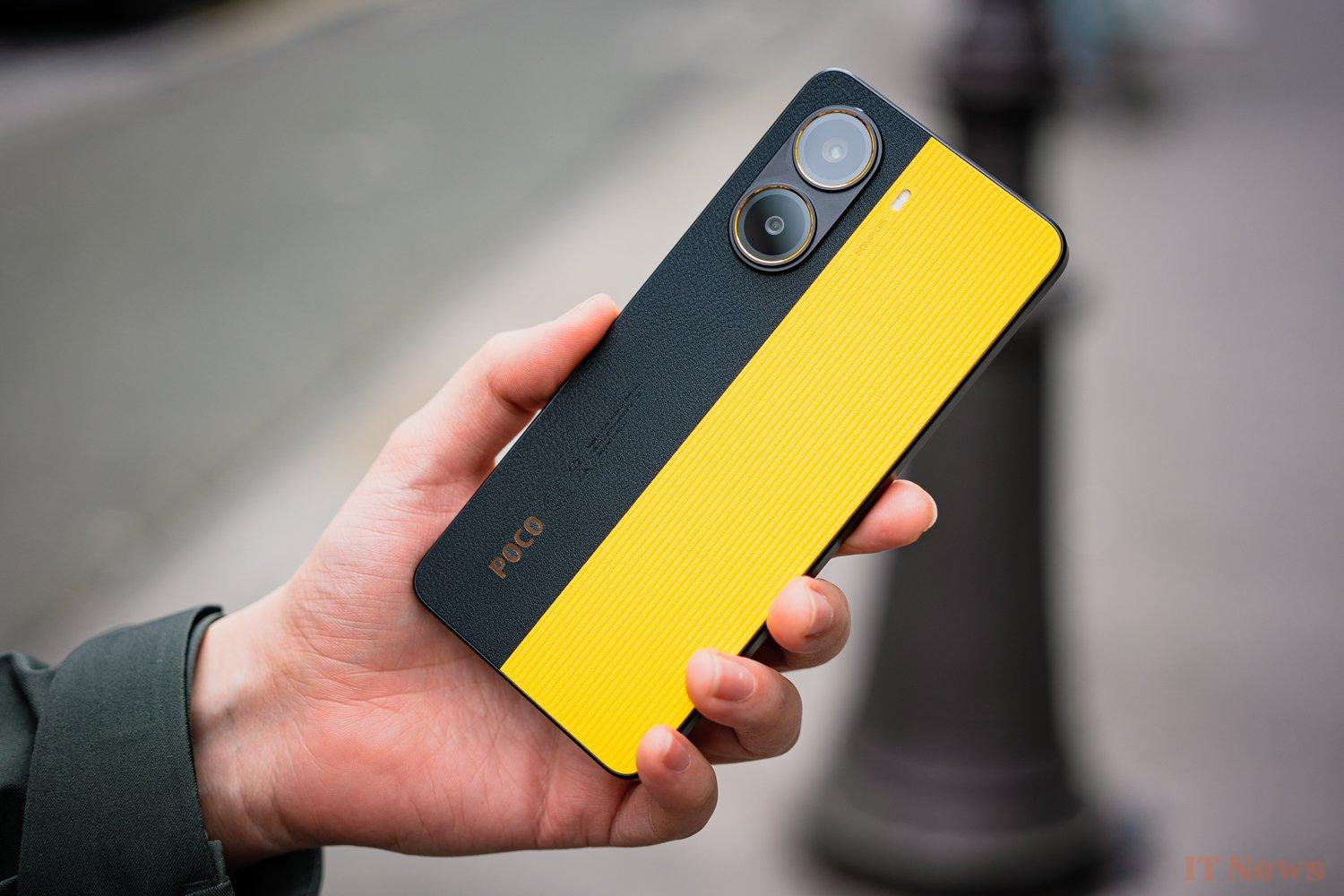

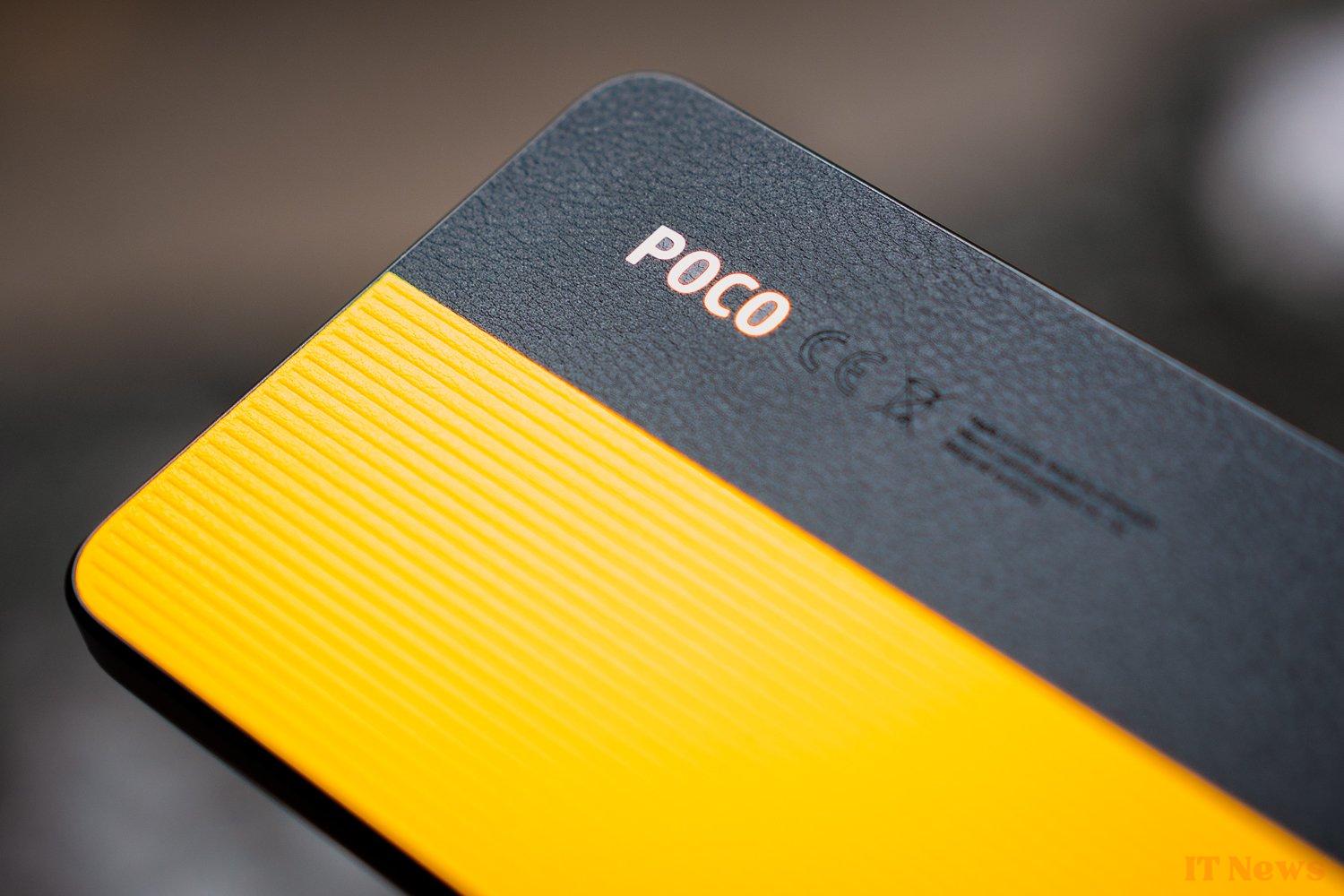
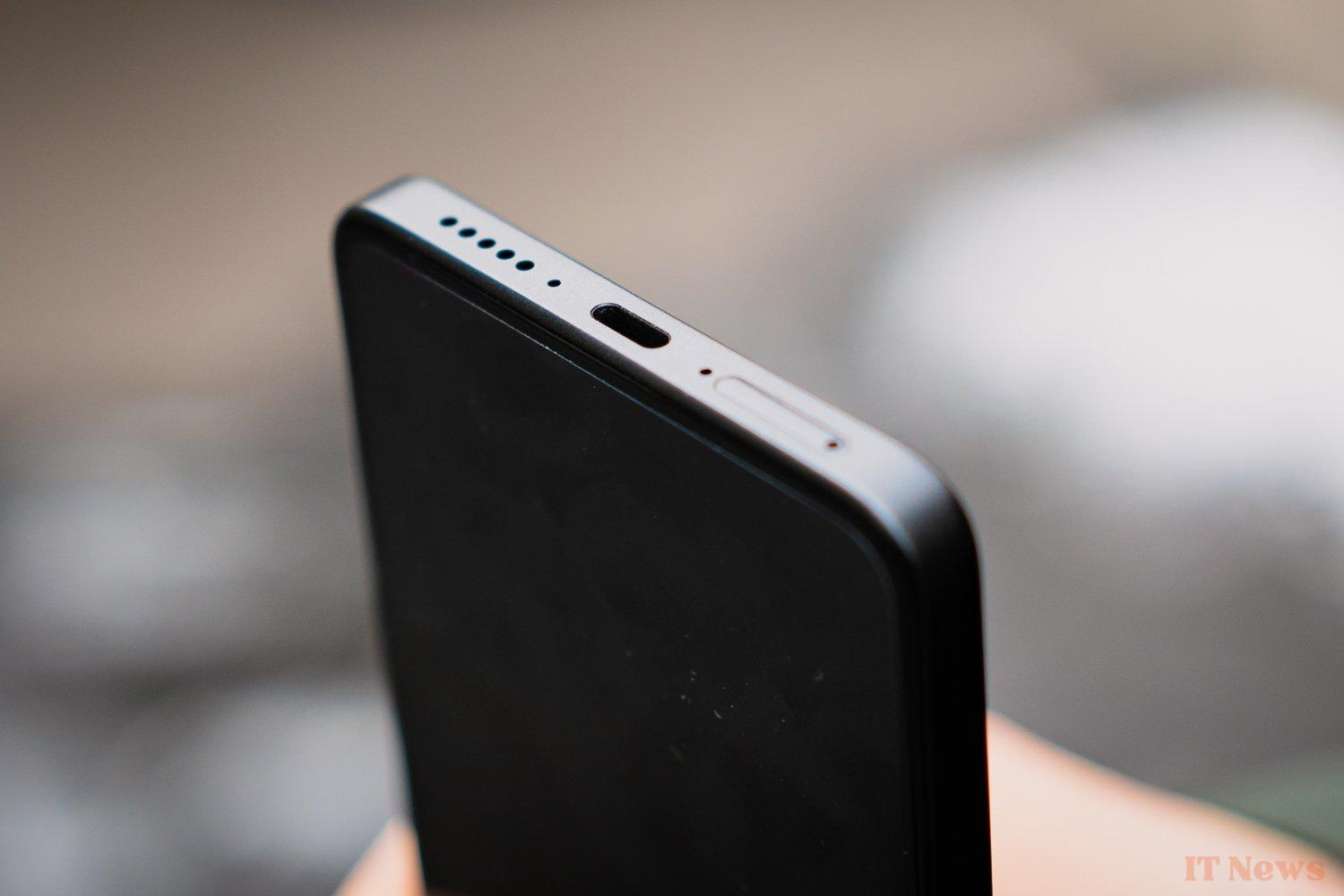
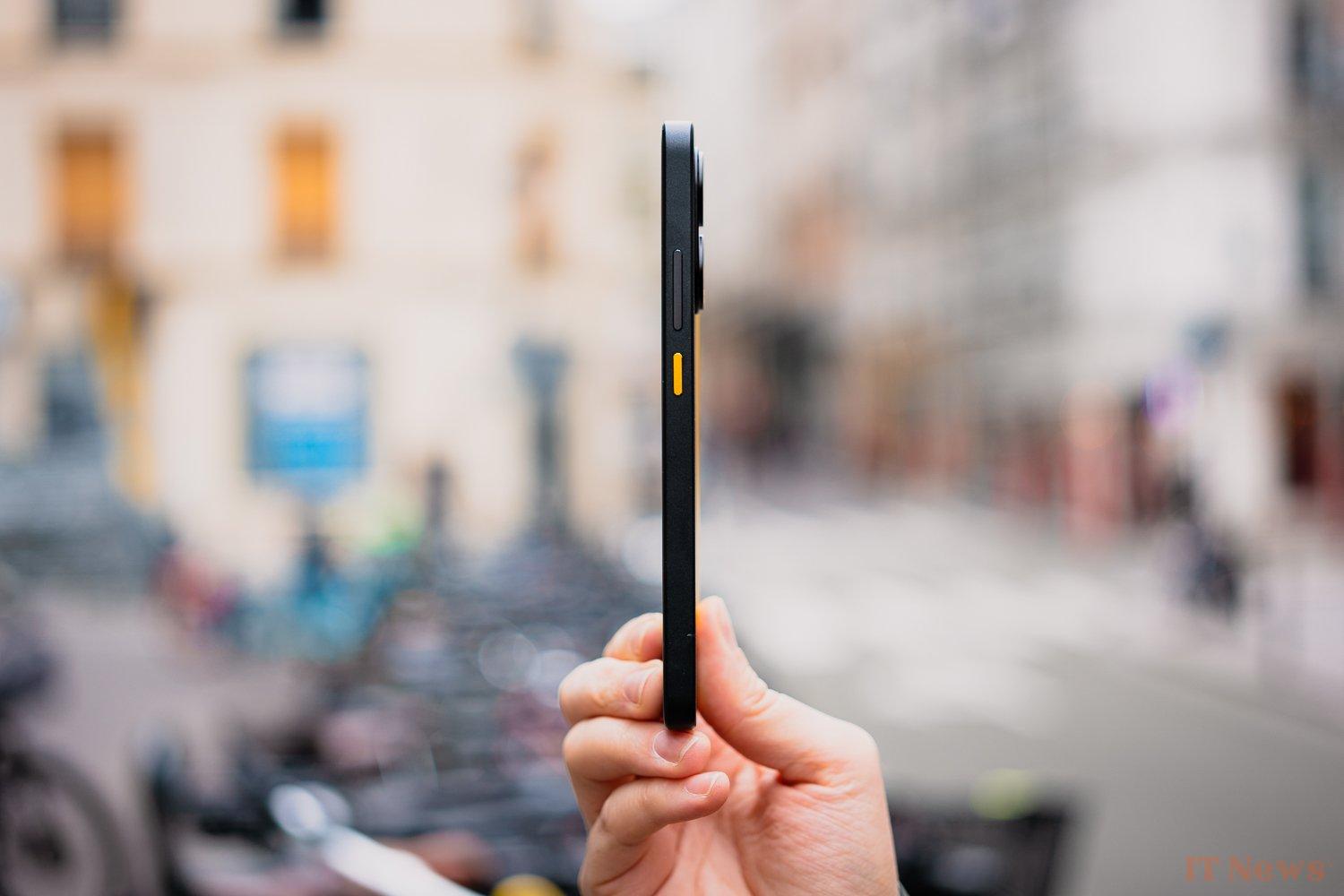


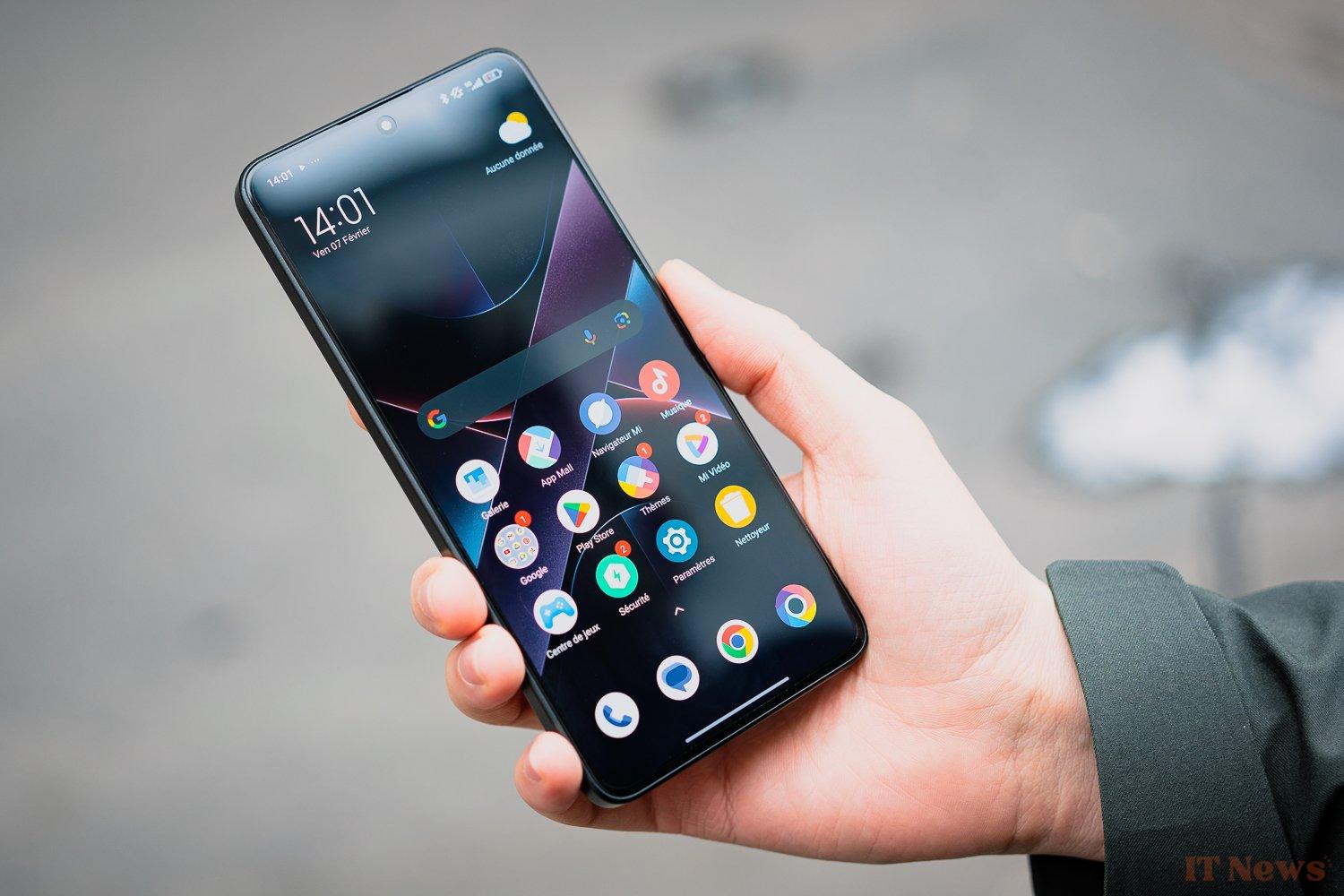
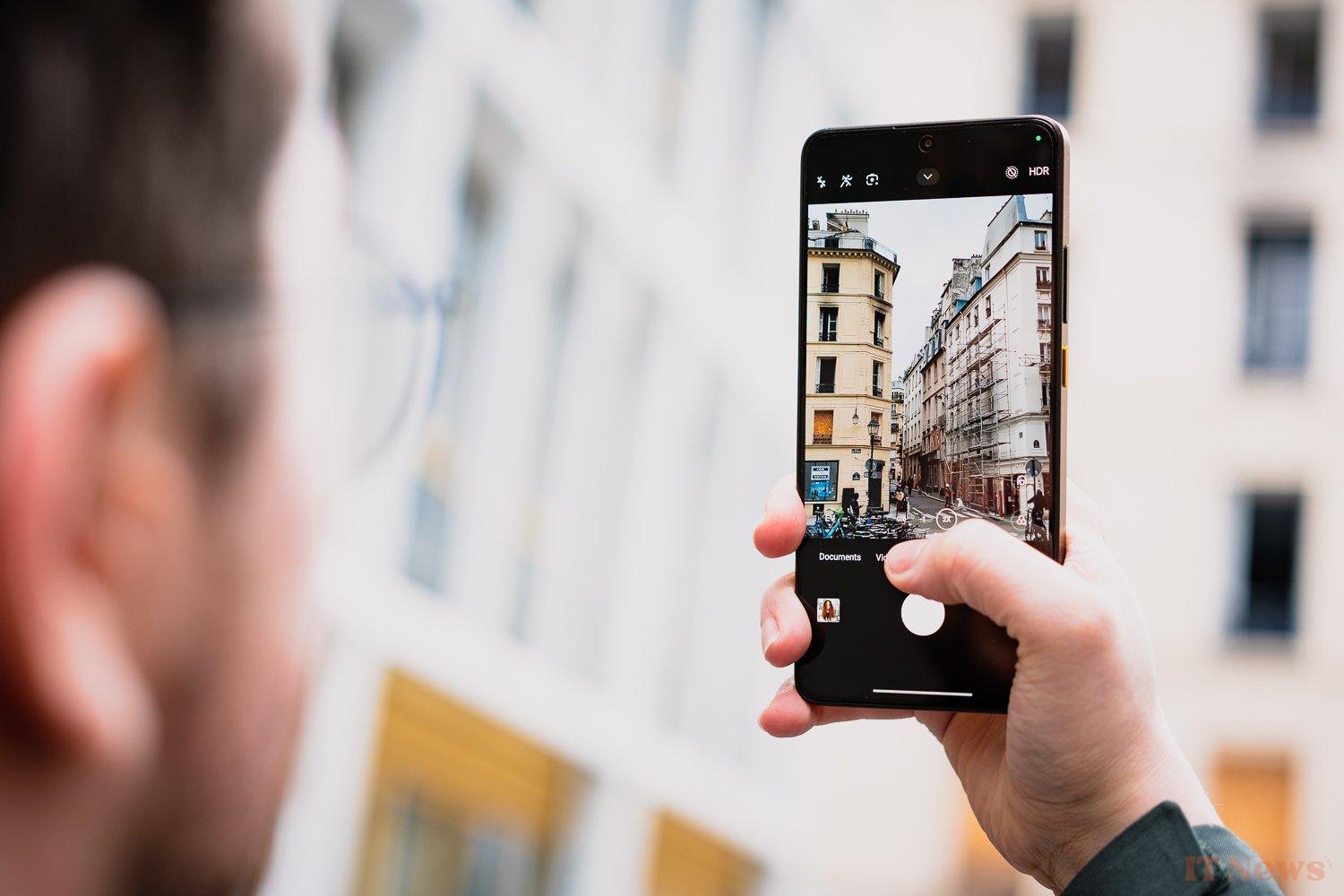
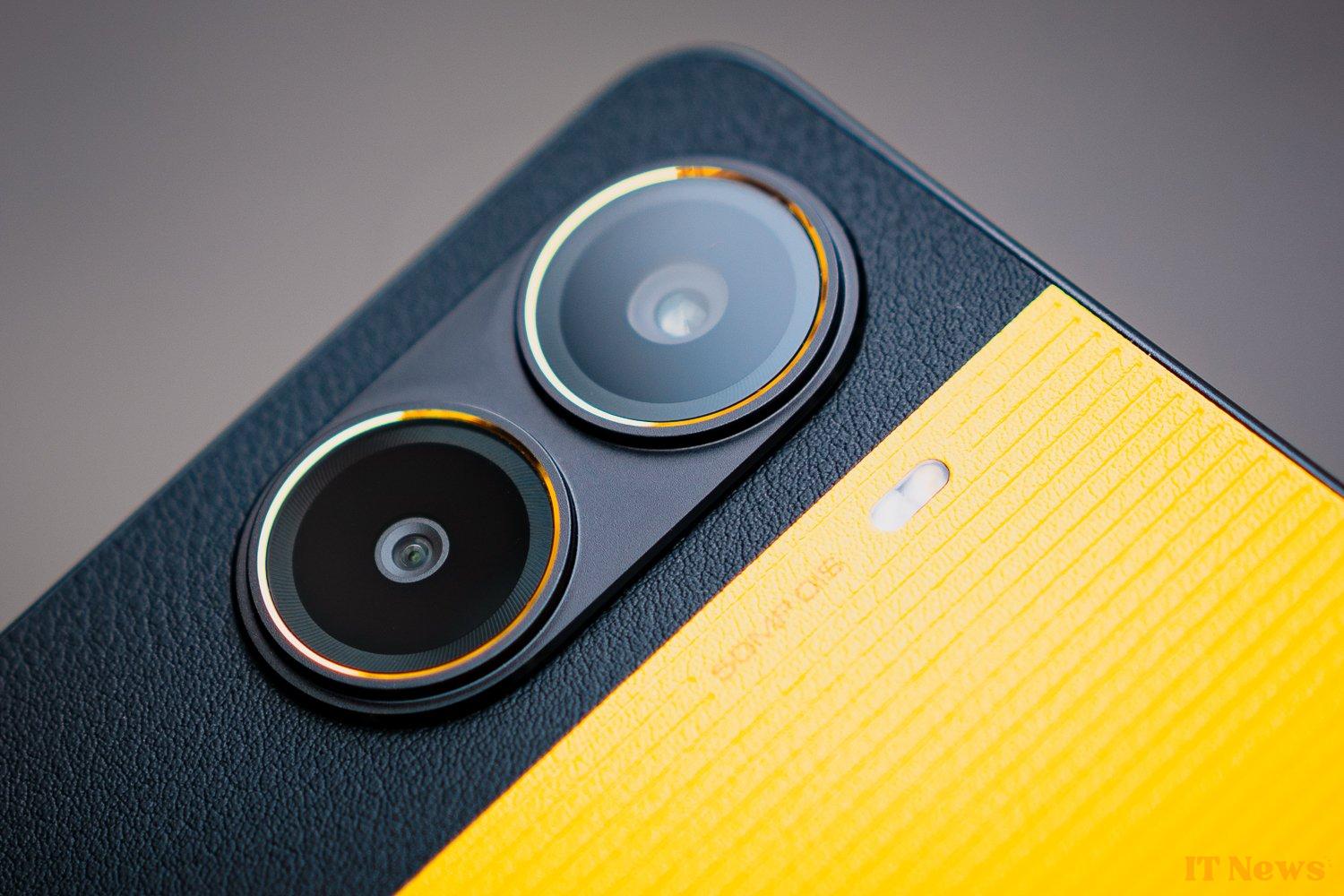








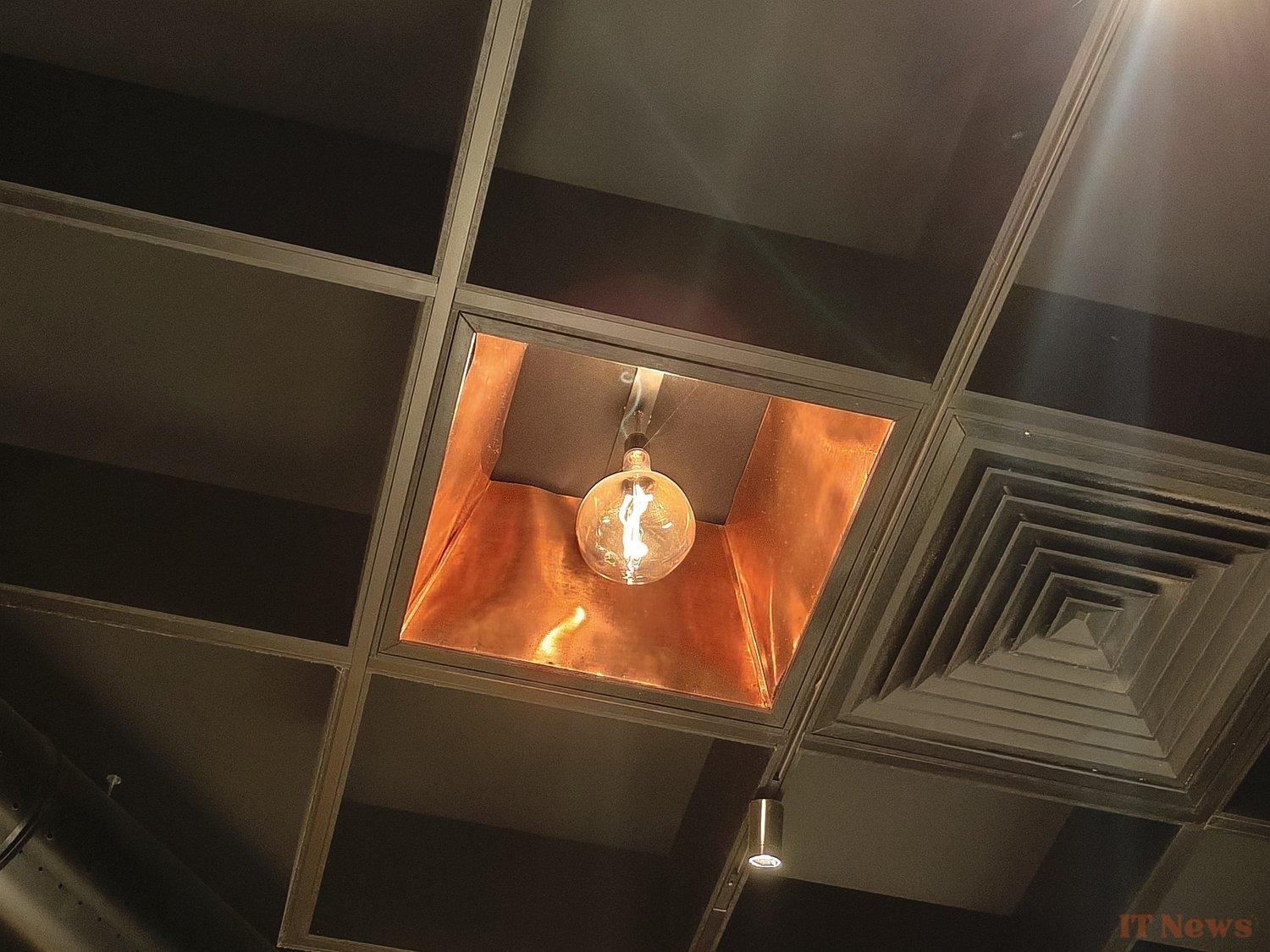








0 Comments